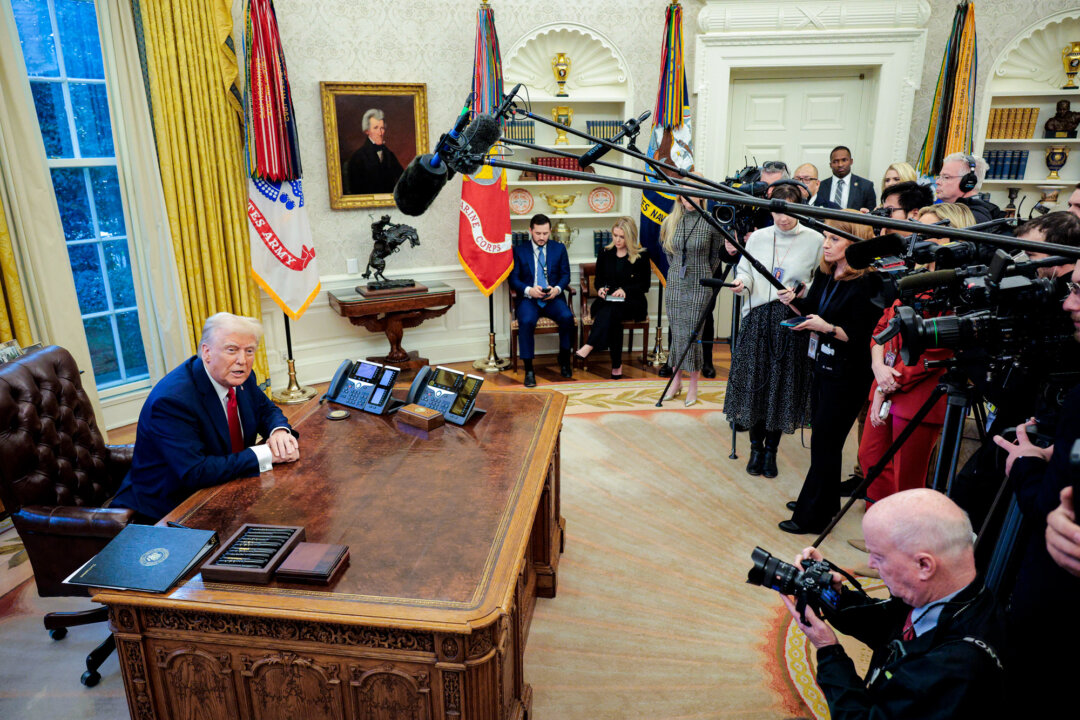White House Implements New Press Access Restrictions
The White House restricts press office access and alters journalist proximity to the Oval Office, citing structural changes at the National Security Council involving sensitive material.
Overview
- The White House has implemented new restrictions on press office access for journalists, impacting their ability to move freely within certain areas.
- Journalist access near the Oval Office has also been significantly altered, changing established protocols for media coverage.
- These access limitations are a direct consequence of recent structural changes occurring within the National Security Council (NSC).
- The NSC's internal adjustments involve the handling of highly sensitive material, necessitating enhanced security measures and protocols.
- The White House states these changes are crucial for managing information flow and ensuring the security of classified operations.
Report issue

Read both sides in 5 minutes each day
Analysis
Analysis unavailable for this viewpoint.
Articles (4)
Center (0)
No articles found in the Center category
FAQ
Access to the area known as 'upper press' within the West Wing—which traditionally allowed journalists to interact directly with top administration officials—is now restricted; reporters require an appointment to enter, representing a significant departure from long-standing practices[1].
The Trump administration has increasingly turned to hand-picked, partisan, right-wing organizations to fill seats for daily briefings and pool duties, sidelining many traditional White House Correspondents Association members and leading to complaints about diminished access for non-favored outlets[1].
Yes, the Pentagon recently required reporters to sign a pledge not to gather unauthorized information, prompting several outlets to vacate the facility; those replaced were mainly from prominent conservative news outlets, and the new pool included figures associated with conspiracy theories and extremism[1].
Members of the press corps have expressed concern that the latest restrictions on 'upper press' access signal a broader trend of deteriorating media access and transparency, with some fearing further reductions in their ability to cover the administration[1].
While the article does not directly quote White House officials for the West Wing restrictions, it describes broader changes in security protocols—particularly within the National Security Council—driven by the need to protect sensitive material, suggesting a rationale of enhanced information security[1].
History
- This story does not have any previous versions.



